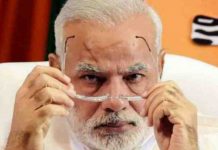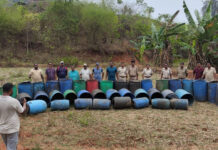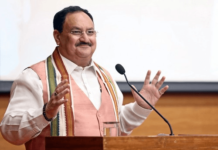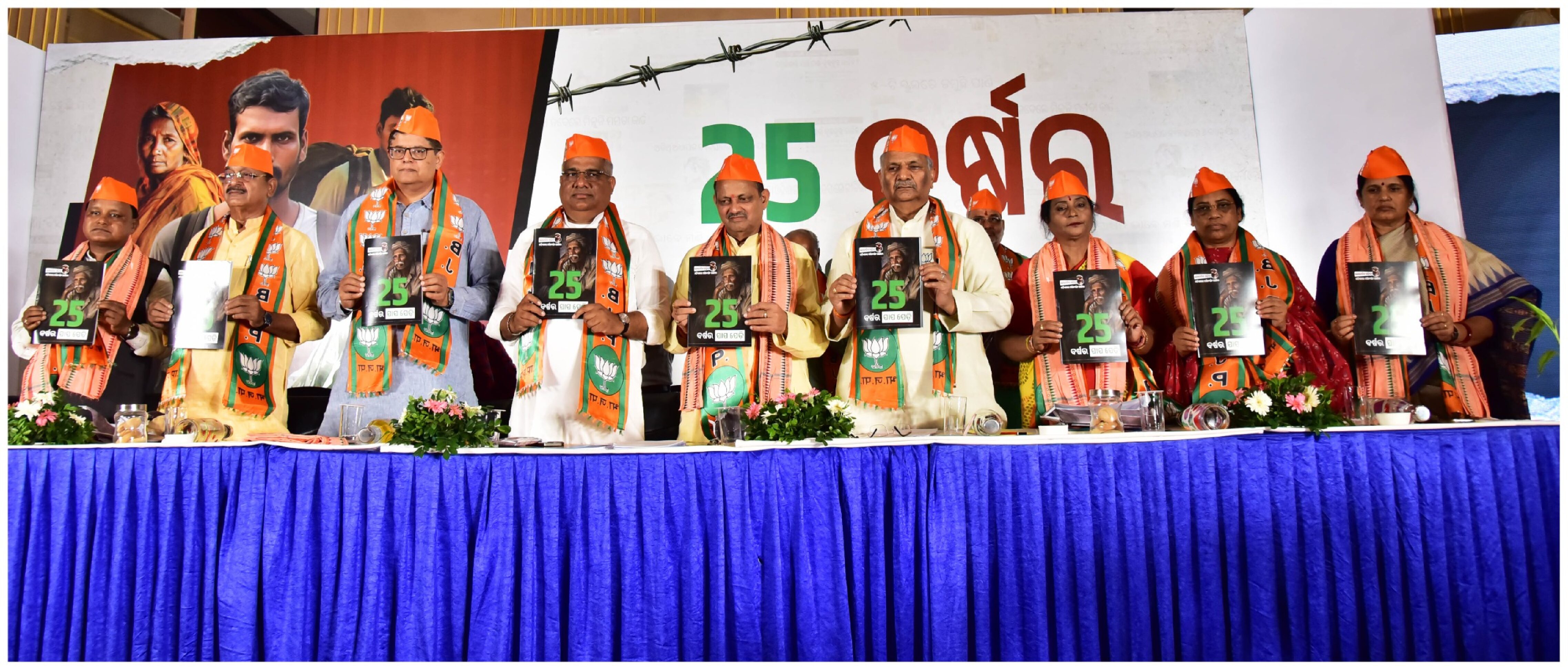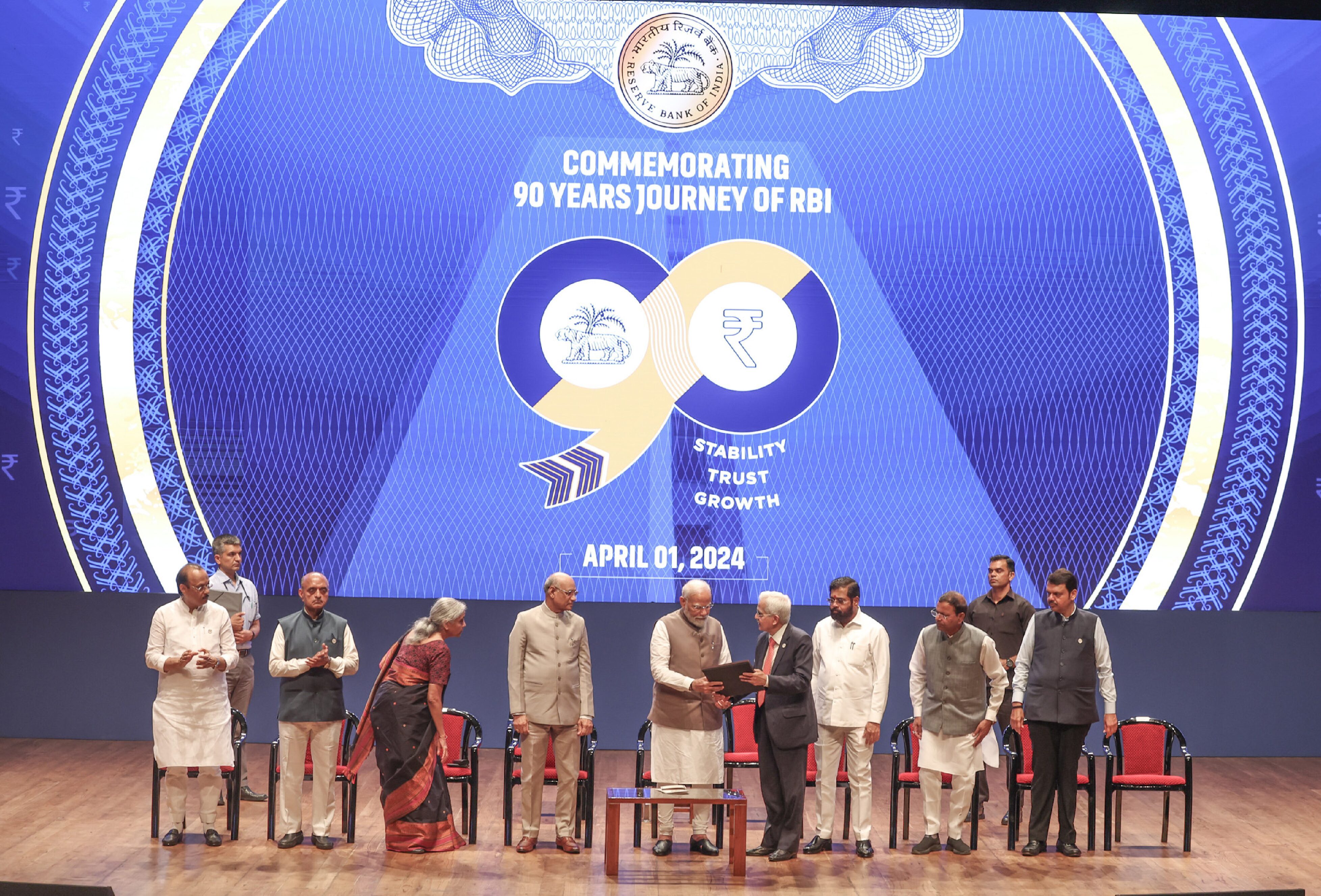Today, we have petrochemical and refineries, which may be utilized to create a good number of plastic, fiber / rayon industries in small scale. We have excellent skilled human resources, which can get employment through labour intensive downstream industries. The proposed industrial parks can house a cluster of downstream industries so as to utilize the locally produced industrial raw materials. Similarly, Special Economic Zones must be established in areas like Jharsuguda, Kalinga Nagar, Baleswar and other places.
While India emerged as world’s sixth largest economy in 2017, surpassing France, and is likely to go past the UK, which is at fifth position, Odisha has slipped four places from seventh to eleventh, in the Government of India’s ease of doing business rankings. This comes at a time when Odisha is working hard to woo investors through its biennial Make In Odisha Conclave-2018.
India’s significant jump in the World Bank’s ease of doing business index has improved 65 notches to the 77th position during the last four years. At the same time, India has moved from the ninth to sixth position in the global economic landscape. India’s sharp rise for the second consecutive year in World Bank’s Ease of Doing Business (EODB) rankings has surprised many pundits and silenced the critics. Across the political spectrum, the Opposition has gone quiet.
India’s 23-spot jump to 77th place in EODB rankings is a significant development that, among other things, showcases the reform credentials of the union government. In the four years, India has climbed from 142nd place in 2014 to 77th in 2018. The meteoric rise of 65 spots is impressive in any metric but seen in context of the country’s size, scope, scale and complexity — appears astounding. This makes India the only country, among a pool of 190 countries, to feature among the top 10 improving nations for the second consecutive year, the top-ranked economy in south Asia and the third among the BRICS on business-friendliness, behind China (46) and Russia (31). We are aware that India was ranked last among the BRICS in 2014, and steadily headed south.
In 2006, India was ranked at the 116th spot — 25 places behind China. By 2011, under the tutelage of the then a noted economist turned Prime Minister Dr.Manmohan Singh, the gap had widened. India dropped to 132 in EODB and kept losing ground till 142. In 2014 fiscal, IMF had projected India’s growth at 4.6 percent — the lowest in a decade — and headline CPI inflation near double digits.
Four years later, the IMF forecast for India’s growth stands at 7.3 percent in 2018-19 and 7.5 percent in 2019-20, on strengthening investment and robust private consumption, while headline inflation is projected to rise to 5.2 percent in the same period due to, among other factors, currency depreciation and higher oil prices.
In the Business Reforms Action Plan 2017 rankings (popularly referred to as Ease of Doing Business rankings) released by the Union Ministry of Commerce and Industry, Odisha has been ranked 14th at the all-India level. Odisha has been ranked under the Achievers category along with West Bengal, Uttarakhand, Uttar Pradesh, Maharashtra and Tamil Nadu. It is important to see the ranking in the context of increasing competition among the States to attract investments. The latest ranking only strengthens to resolve and further intensify efforts to make each state one of the best investment destinations in the country. Hence, one may find more and more competitions among the Indian states to woo more and more industries to come and invest in their respective states. We no more live in co-operative federal, rather live in competitive federal country.
Over the past few years, multiple initiatives have been taken by Odisha to enhance investment promotion preparedness. These include institutionalizing State level Facilitation Cell, appointment of sector-specific nodal officers to handhold investors, identification of six focus sectors, regular domestic and international investor outreach through road shows in addition to a focused approach to facilitating investments through technology-enabled interventions like Government of Odisha – Single Window Portal for Investor Facilitation and Tracking (GO-SWIFT). GO-SWIFT has received unprecedented response from the investors. A recent Invest India-World Bank survey on investment promotion preparedness had ranked Odisha as an “Aspiring leader” among 21 States. The State had scored 80 per cent which was much higher than the national average of 70 per cent.
With the objective of attracting 2.5 lakh crore of fresh investments and generating 30 lakh job opportunities as part of our Chief Minister’s Vision – 2025, the Government of Odisha is diversifying and broadening the State’s industrial development across the focus sectors.
The ASSOCHAM has ranked Odisha as the No. 1 State in terms of investment implementation rate and the State is consistently ranked amongst the top three States in terms of live manufacturing investments in India. Odisha has registered a GSDP growth rate of 7.94 per cent in 2016-17, surpassing the national growth rate of 7.1 per cent.
The Make In Odisha Conclave 2018 is the flagship biennial business event of the Government of Odisha. After the resounding success of the event in 2016, the State getting ready for organizing the second edition of the marquee event at Bhubaneswar during November 11 to 15, 2018. The conclave will showcase the policy & regulatory environment, investment opportunities across focus sectors and the manufacturing prowess of the State. All these are certainly sufficient to allure any prospective investor – both foreign and inland.
When we express our optimism on the ambitious road map, 12 of the 20 large industries in Odisha, currently being evaluated for particulate matter (PM) emissions by the Odisha Pollution Control Board, are either far from meeting air pollution standards or aren’t releasing their pollution data in real time on a regular basis. Odisha has about 135 large industries and 4,000 small and medium industries, which include power plants, sponge iron and steel plants. These are being rated using continuous emissions data by Odisha, which became the first state to rank polluting industries on the basis of real-time compliance to pollution norms.
The star rating programme implemented in association with Energy Policy Institute University of Chicago (EPIC) India categorises industries across a range of 1 to 5 stars. In the first phase of the programme, there are 20 large industries including power plants, cement, paper and pulp, steel, sponge iron and others. The current ratings on the Odisha Pollution Control Board, 12 out of 20 industries including four captive power plants in Sambalpur, Angul and Jharsuguda have got one star while only one industry—a sponge iron unit in Sundargarh has got 5 stars.
Odisha may have attracted staggering investments of Rs.14 lakh crore next only to Gujarat, but there is no substantial progress on the ground – the most glaring example being the $12 billion Posco steel plant – as many of the projects are mired with various impediments. While several projects are facing resistance of the local people over land acquisition, many are entangled in getting clearances. Even though some projects have been successfully set up – like Vedanta Alumina – the government has failed to provide raw material for the plants.
Of the total investments, the bulk of it are in metals and mining. A RBI report pointed to Odisha as the hottest investment destination for new projects, attracting 27 percent of what the entire country received. However, the state government has failed to capitalise on the large-scale investments, forcing some entities to withdraw. While Arcelor Mittal has already scrapped its Rs.40,000 crore steel project, Jindal Steel and Power scrapped its Rs.62,000 crore coal-to-liquid (CTL) project at Angul following the cancellation of the Ramchandi mine by the Supreme Court.
Out of the signed memoranda of understandings (MoUs) with 92 companies, only 41 industries have started partial production. Out of the projects, 35 steel plants, three power plants, one each in aluminium, cement and auto-ancillary plants, have started partially production. What stands out in all this is Posco India, touted as the country’s largest foreign direct investment (FDI) , that is mired in controversy for the last nearly 10 years due to stiff local opposition over compensation and environment concerns. Following stiff resistance over land acquisition, the South Korean company decided to quit. The government had already acquired 2,700 acres of land for the proposed POSCO plant and the same is being given to Jindal Steel for setting up a steel plant near Paradeep. Most of the proposed power, aluminium and steel projects are facing land acquisition hurdles and shortage of raw material.
In the energy sector, independent power producers (IPPs) have invested Rs.32,991 crore on proposed coal-based Thermal projects after entering into MoUs with the state government. Among the 28 power companies, only three – Sesa Sterlite, Jindal India Thermal Power and GMR Kamalanga Energy Ltd – have commenced commercial production in the last 15 years.The IPPs have a combined capacity of 37,000 MW.
Despite Odisha attracting 12 percent of the new investments in the country’s power sector, the projects are facing inordinate delays. The cancellation of coal blocks by the apex court has also affected the projects. However, even though there is no visible industrial growth in the state, more than 60,000 acres of land has been acquired for industrial purposes. Most of this is lying unused and some industries have mortgaged the land to get loans from banks.
For the record, Odisha has about 28 percent of India’s iron ore, 24 percent of coal, 59 percent of bauxite and 98 percent of chromite. Over a million youths – of whom nearly 100,000 have technical qualifications – are jobless, a situation that could have been easily rectified had all the proposed projects come through.
Today, we have petrochemical and refineries, which may be utilized to create a good number of Plastic, fibre/rayon industries in small scale. We have excellent skilled human resources, which can get employment through labour intensive downstream industries. We are hearing about Alluminium Park at Angul since last 4 years. The proposed park must have housed a cluster of downstream industries so as to utilize the locally available alluminium produced by NALCO. Similarly, Special Economic Zones must be established in areas like Jharsuguda, Kalinga Nagar, Baleswar and other places.
States like Madhya Pradesh, Chhattisgarh, Jharkhand, Bihar and Uttar Pradesh and Uttarakhand etc are dependent on our sea ports. It is an advantage for Odisha, as we are a coastal state. With the help of Co-Operative federalism, we can establish a number of ports across our 482km coastline. The investment will be by the states and will certainly benefit our youth.
Tourism is another employment generating, sector, which needs urgent attention. Proposed Samuka project near Puri-Konark coastline is rotting since more than last 15 years. The restriction on Tribal Tourism still continues and the areas are still under the control of ultras. We have to explore both coastal and tribal tourism. If the construction of the proposed second Konark Temple commences, it will attract thousands of foreign tourists to experience the making of an artistic marvel with the traditional design, skill and grandeur.
We have the steel plants, but we don’t manufacture bicycles, automobiles and other consumer goods in Odisha. We have alluminium plants, but we import the building materials made up of alluminium and hindalium from other states. Our people are going Surat in search of work in textile mills there. Our OTM has remain closed since many years. The land is readily available to house a modern textile mill at OTM in Choudwar. But we are planning another textile and apparel unit elsewhere.
Odisha has almost no research laboratory, design institutes, testing and certifying centers to undertake applied research and standardize the industrial outputs. Automobiles are manufactured more in West and South India due to concentration of the industry related research labs and ancillary facilitation centers. Unless we give enough emphasis on these aspects, Odisha shall remain industrially backward for years to come.
We have discussed with the industries and their captains on their experiences, while operating in Odisha. They find the policies and the upper layers of the administration are good; but the middle and lower levels are non-cooperative. The environment in favour of the industries is not conducive and they face local problems more. The example can be drawn from IMFA Plant at Therubali. Political rivalry and donation to political parties, beyond a limit, are prevalent in Odisha.
The mandarins of the state must address these factors and extend continuous support to the industrial houses, desiring to establish their industries in Odisha. The state government must watchfully guide these industries to economically use the land, water and emit the least pollutants than closing them down at a later date.







